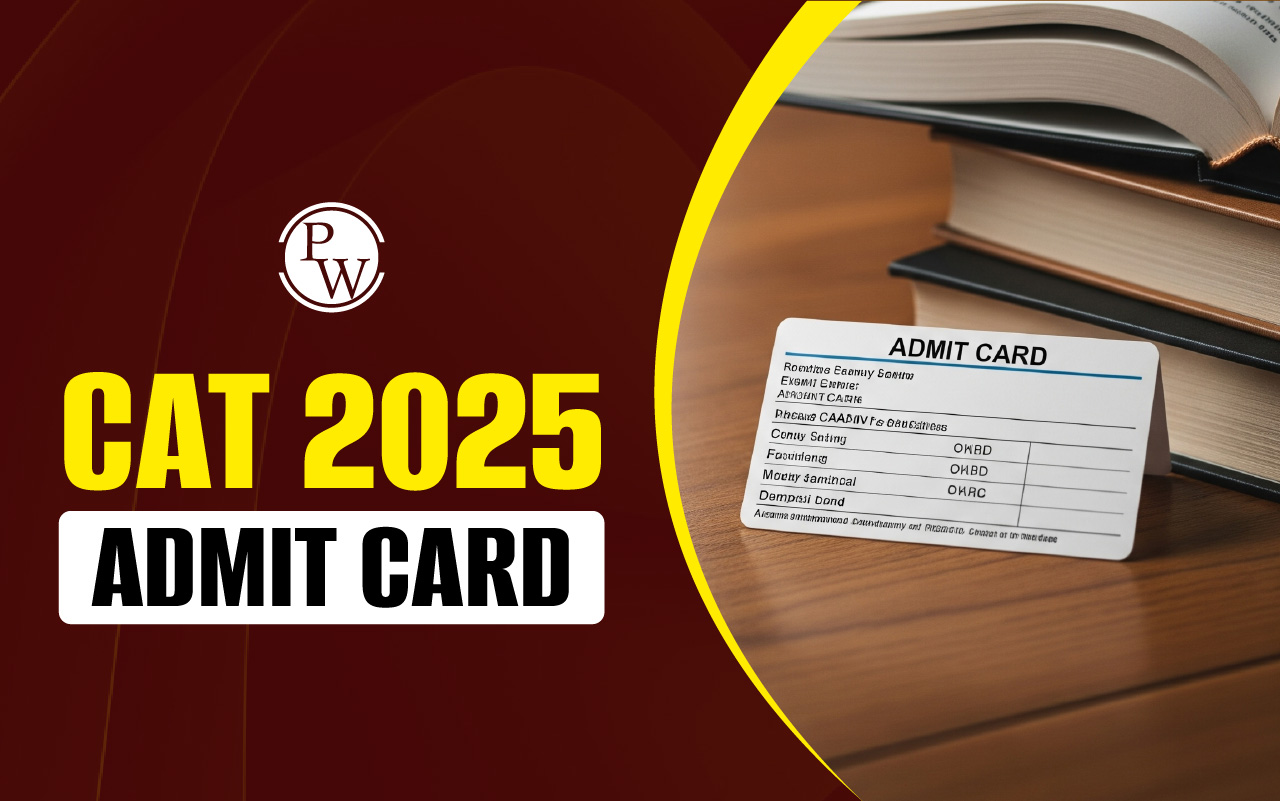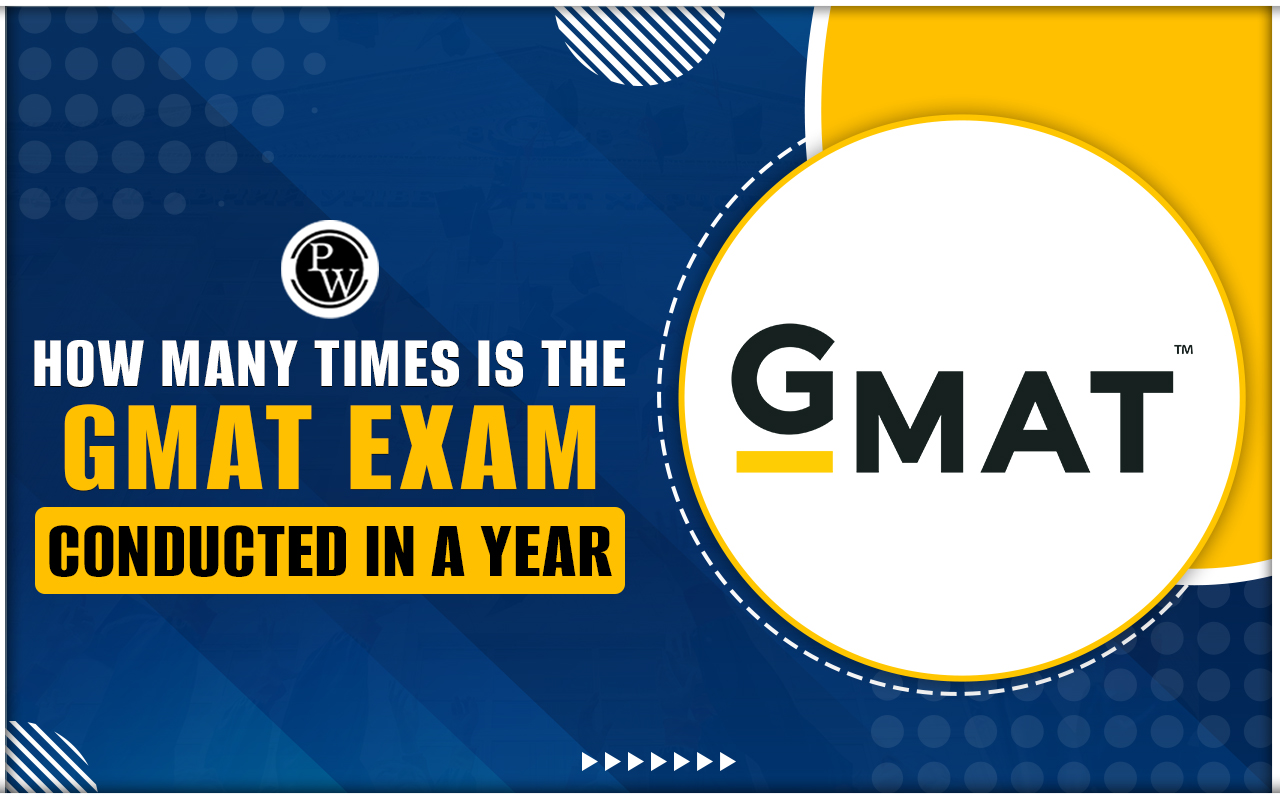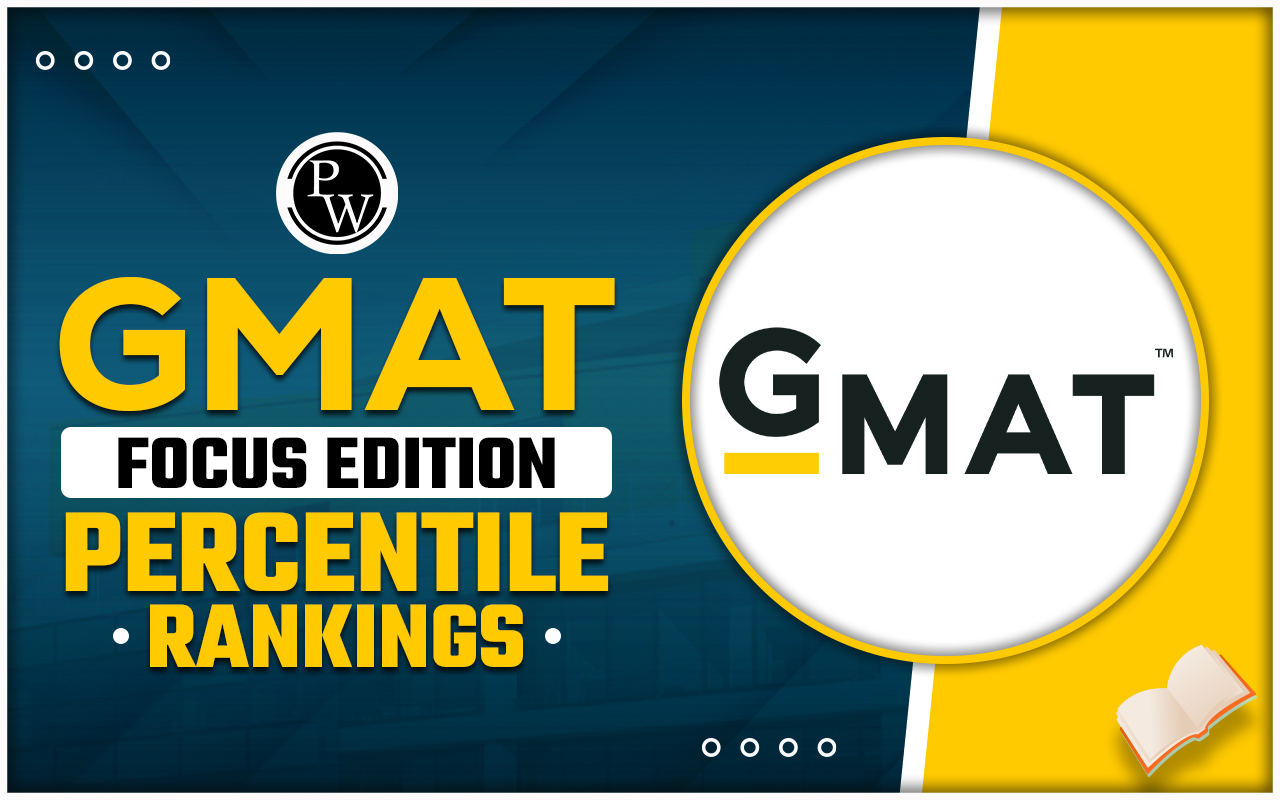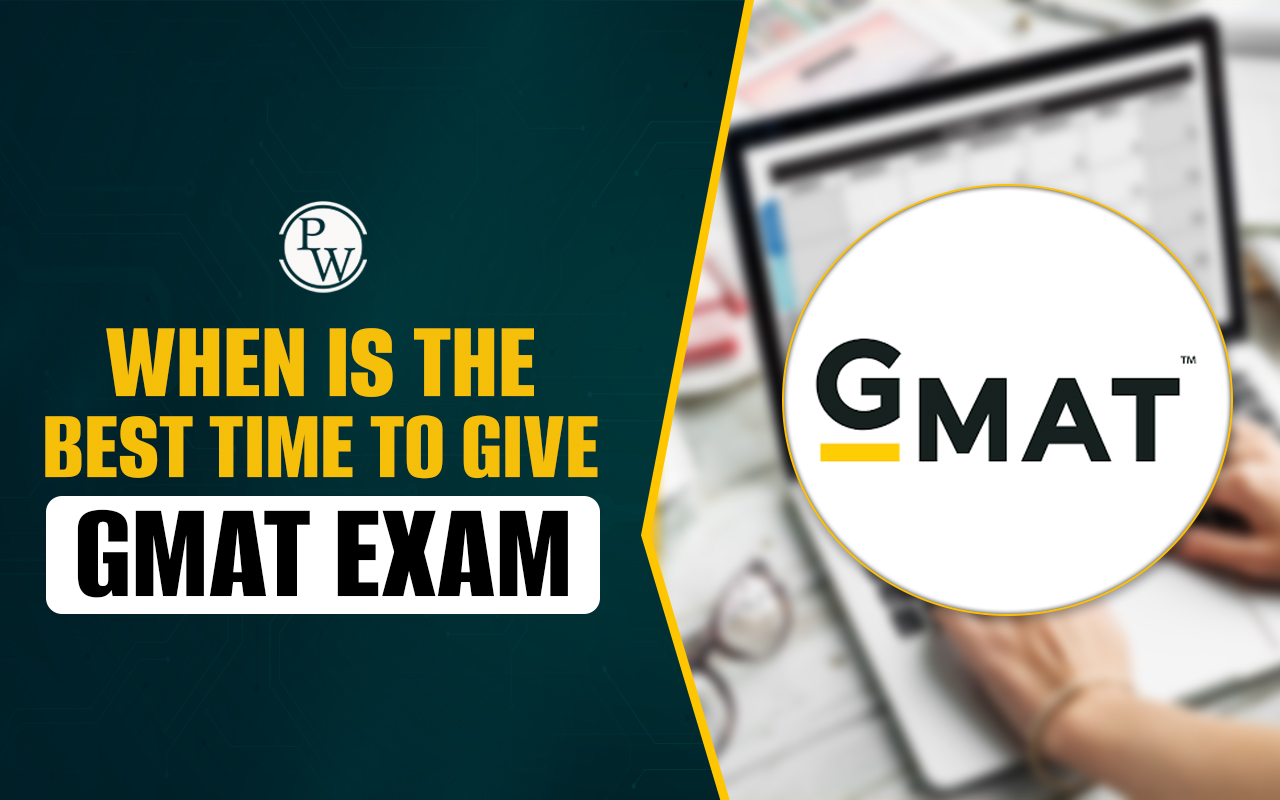

Top 100 CAT DILR Questions and Answers: The Data Interpretation and Logical Reasoning (DILR) section in the CAT exam is mostly viewed as the toughest because of its unorthodox character, which requires a combination of analytical mind, meticulous processing of data, and puzzle-solving ability. The CAT DILR section tests a candidate's capability to process complex data and utilize logical reasoning within a time limit. Solving Top 100 CAT DILR questions and answers enables aspirants to formulate a methodical approach towards solving varied problem sets, refining speed and accuracy.
CAT DILR Overview
The CAT DILR section consists of four sets of questions with a total of 20 questions. For every correct response, candidates receive 3 marks. A wrong response will result in a −1 mark penalty. Below is an overview of the CAT DILR section.
| CAT DILR Overview | |
| Particulars | Detail |
| Section Name | Data Interpretation & Logical Reasoning (DILR) |
| Typical No. of Questions | 20 (Historically 32/24, current trend is 20) |
| Number of Sets | 4 (Typically two 5-question sets and two 4-question sets) |
| Sectional Time Limit | 40 Minutes |
| Marking Scheme | +3 for every correct answer. |
| Negative Marking | −1 for every incorrect answer (for MCQs). |
| TITA Questions | Type In The Answer (TITA) questions have no negative marking. |
| Recommended Attempts | 2−3 sets completely solved. |
| Overall Difficulty | Generally considered the most difficult section of the CAT exam in recent years. |
Key Topic & Focus Areas of CAT DILR
The DILR section sets are often hybrid, combining data from charts/tables with complex logical conditions. The following are the most important topics to prepare.
1. Logical Reasoning
Logical Reasoning tests your ability to structure information and deduce conclusions based on a set of restrictive conditions.
| Logical Reasoning Key Topics | ||
| LR Topic Category | Question Type | Focus Area |
| Arrangements & Puzzles | Linear, Circular, and Complex Seating Arrangements | Placing people/objects according to conditions like "X sits next to Y but not opposite Z." |
| Distribution/Grouping Puzzles | Distributing items (e.g., subjects, cities) among people/groups based on multiple constraints. | |
| Floor & Building Puzzles | Assigning people to different floors or buildings with conditional rules. | |
| Games & Tournaments | Round-Robin and Knockout Formats | Calculating ranks, scores, or outcomes of matches based on given results and rules. Often involves maximizing/minimizing scores. |
| Logic Puzzles | Truth/Lie (Binary Logic) | Determining who is speaking the truth (Knights) and who is lying (Knaves) based on contradictory statements. |
| Routes & Networks (Graph Theory) | Finding the minimum/maximum cost, time, or number of routes between nodes/cities. | |
| Scheduling | Allocating events, shifts, or projects across a timeline with fixed constraints. | |
2. Data Interpretation (DI)
Data Interpretation sets ask you to take out, determine, and compare data given in different forms. Have a look at the key topics for this section.
| Data Interpretation (DI) Key Topics | ||
| DI Topic Category | Question Type | Details |
| Venn Diagrams | 2-Set, 3-Set, and 4-Set Overlapping Data | Calculating the number of elements in intersections, unions, and complements (e.g., people who read exactly one, exactly two, or none of three magazines). |
| Caselets/Tables | Missing Data Tables | Finding unknown values in a table using interdependent percentages, ratios, or averages. |
| Caselets with Hybrid Data: | Data presented in a paragraph format, often involving Arithmetic topics like Percentages, ratios, and Average-based calculations. | |
| Chart-Based DI | Complex Chart | Interpreting and combining data from non-traditional charts (e.g., Radar/Spider Charts, Bubble Charts, Stacked Bar Charts). |
| Quantitative DI | Sets heavily integrated with concepts from Quantitative Aptitude (Time, Speed, Distance; Time and Work; Mixtures; Profit & Loss). | |
Top 100 CAT DILR Questions and Answers
Given below are some CAT DILR questions. Candidates can practice such questions to hone their logical and analytical skills.
Direction (1 - 5) Read the following passage and answer the given questions.
Five friends Aman, Pankaj, Manav, Kiran, and Ranjeet each arrived at a crowded
parking lot in their individual cars. When they reached, they found exactly twenty cars already parked in a single row of slots. Since they were in a hurry, they managed to adjust and park their cars in different positions within the existing row by shifting a few of the already parked cars. No other vehicle entered or exited the lot after they parked, so the total number of cars in the row now are twenty-five. The following clues describe the relative positions of their cars after all five had parked:
- For each of the five friends, the number of cars parked to the left of their car is different from the number of cars parked to the right of their own car as well as from the number of cars to the right of any other friend’s car.
- Kiran parked his car somewhere to the left of Manav, and Manav parked his to the left of Pankaj.
- There were at least sixteen cars parked to the left of Aman’s car.
- The number of cars parked between Pankaj and Kiran is equal to the number of cars parked between Manav and Aman.
- The number of cars parked to the right of Pankaj’s car was no less than five and no more than seven greater than the number of cars parked to its left.
- The number of cars between Pankaj’s car and Ranjeet’s car was exactly twice the number of cars between Pankaj’s car and Aman’s car.
Q1 How many cars are parked to the right of Kiran's car?
Q2 How many cars are parked between Ranjeet’s car and Manav’s car?
(A) 14
(B) 10
(C) 5
(D) Cannot be Determined
Q3 How many cars are parked to the right of Manav’s car?
Q4 Between which of the following pairs of friends' cars are the maximum number of
cars parked?
For more practice, candidates can download the PDF file of the top 100 CAT DILR questions and answers from here. Practice CAT DILR questions carefully and get a hold of important topics such as complex arrangements, new DILR set types, and logical puzzles. Solve CAT DILR questions for practice of new trends in the exam.
Download Top 100 CAT DILR Questions and Answers PDF
How to Prepare for CAT DILR Section?
The most realistic method of preparation for the CAT DILR section is to practice the best 100 CAT DILR questions and answers. Start solving sets of various puzzles and data interpretation sets as a priority. Revising past year papers adds further help in your preparation.
Following are some tips for preparation for the CAT DILR Section:.
- Understand the syllabus and question patterns by going through past CAT papers and sample sets.
- Develop strong mental calculation skills and practice data interpretation using tables, graphs, and caselets.
- Solve logical reasoning puzzles such as seating arrangements, games, and blood relations regularly.
- Focus on selecting the right sets during the exam by quickly assessing difficulty and familiarity.
- Practice time management through allocating about 10-12 minutes per selected set.
- Use approximation and elimination techniques to answer questions faster.
- Practice full-length mock tests to mimic examination situations and enhance precision while under pressure.












